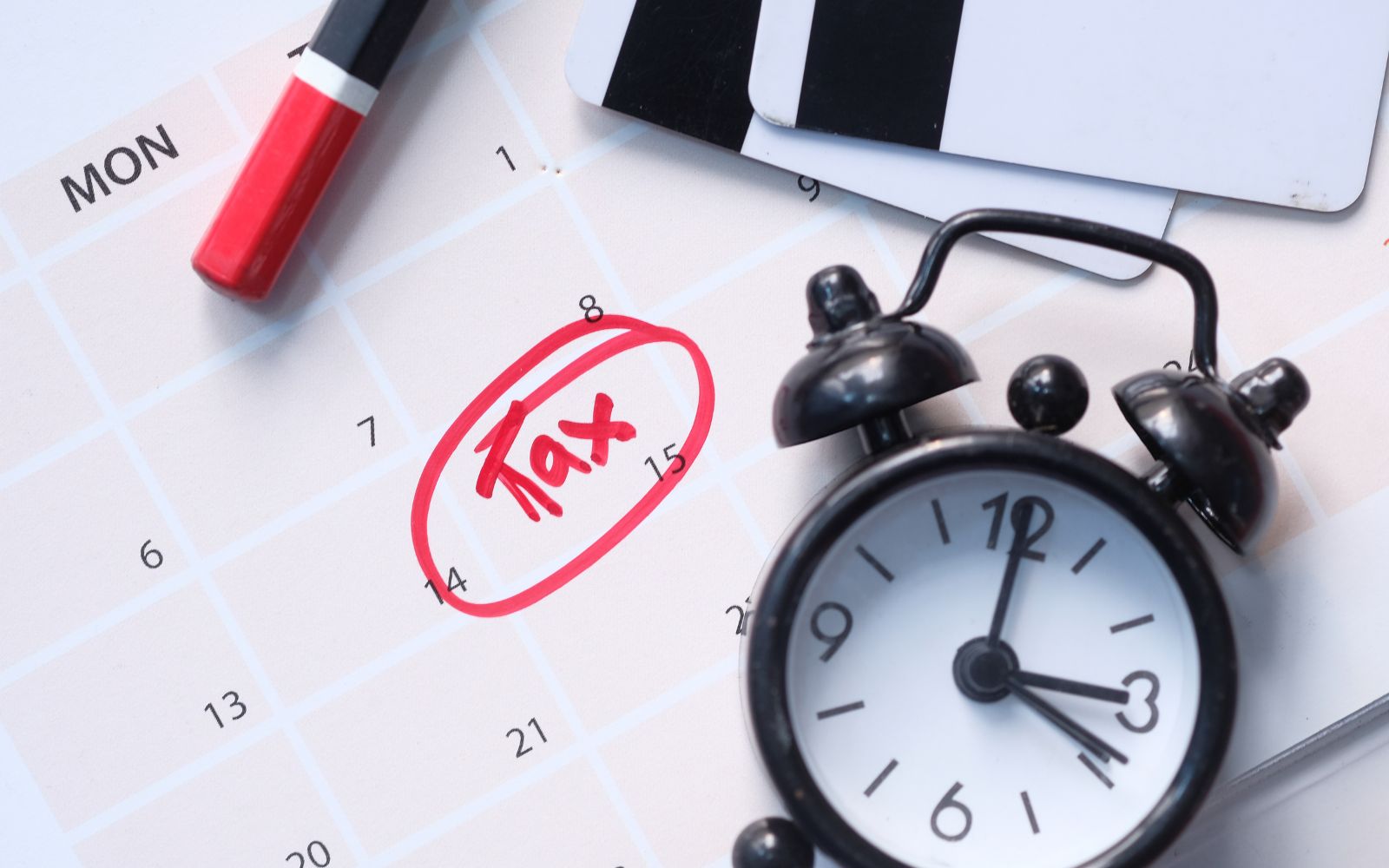PAYE Settlement Agreements: The Basics

PAYE Settlement Agreements (PSA) involve certain benefits and expenses allowed to employees, and enable the employer to pay the tax and National Insurance on such benefits. This way, no tax liability is triggered for the employee and there is no need to report the benefit or expense on individual P11Ds of the employees.
What can a PSA be used for?
A PSA cannot be used for all benefits – only for those which fall into one of the following three categories:
- Minor benefits and expenses: these include telephone bills, incentive awards outside the scope of the exemption and similar;
- Irregular items: for example relocation expenses or the occasional use of a company flat;
- Impracticable expenses, including benefits for which it is difficult to place a value on, or to divide up between individual employees – for example staff entertainment or shared company cars.
Settlement Agreements cannot be used for cash payments or for high-value items such as company cars.
Items falling within the scope of the trivial benefits exemption can simply be ignored for tax and National Insurance purposes – they do not need to be included in a PSA.
Setting up and checking a PSA
To set up a new PSA, it is necessary to write to HMRC setting out the benefits and expenses to be included within the PSA. Once HMRC have agreed the PSA, they will send two draft copies of form P626. Both copies should be signed and returned to HMRC. HMRC will authorise the PSA and send a form back – this will form the PSA.
A new PSA must be agreed by 6 July following the end of the tax year for which it is to have effect.
Once a PSA has been set up it remains in place until revoked by either the employer or HMRC. Employers should check that an existing PSAs remain valid.
Impact of a PSA
Where a PSA is in place, the employee does not pay tax on any benefits included within the Settlement Agreements – instead the employer meets the liability on the employee’s behalf. Also, there is no need to report benefits included in the PSA on the employee’s P11D, or to payroll them.
The employer pays tax on the items included within the PSA grossed up at the employees’ marginal rates of tax. For Scottish taxpayers, the relevant Scottish rate of income tax should be used in the calculation.
As far as National Insurance is concerned, Class 1B contributions, which are employer-only contributions, are payable at a rate of 13.8% in place of the Class 1 or Class 1A liability that would otherwise arise.
Class 1B contributions are also due on the tax paid under the PSA (as the tax paid on behalf of employees is also a taxable benefit).
Settling the PSA
Form PSA1 should be used to calculate the amount of tax and Class 1B National Insurance due under the PSA. This should be sent to HMRC after the end of the tax year. The tax and Class 1B National Insurance must be paid by 22 October after the end of the tax year where payment is made electronically or by the earlier date of 19 October where payment is made by cheque.
The information available on this page is of a general nature and is not intended to provide specific advice to any individuals or entities. We work hard to ensure this information is accurate at the time of publishing, although there is no guarantee that such information is accurate at the time you read this. We recommend individuals and companies seek professional advice on their circumstances and matters.




